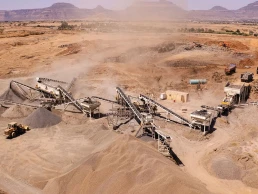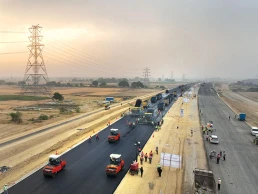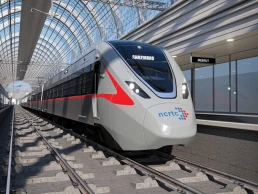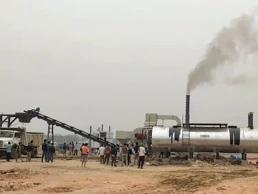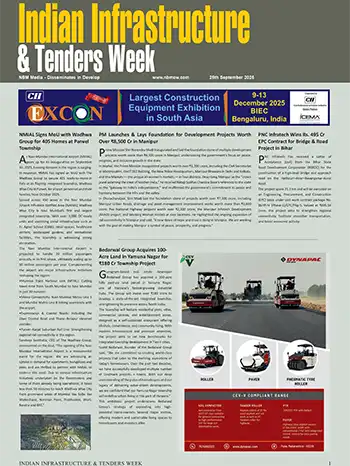Building A Resilient Renewable Energy Infrastructure in India
India’s renewable energy sector is on the cusp of a transformative decade, driven by a combination of ambitious policy goals, rapid technological innovation, and evolving market dynamics. However, the next decade will not just be about expanding capacity but building intelligent, resilient, and inclusive renewable energy infrastructure that aligns with India’s broader development goals and global climate commitments.
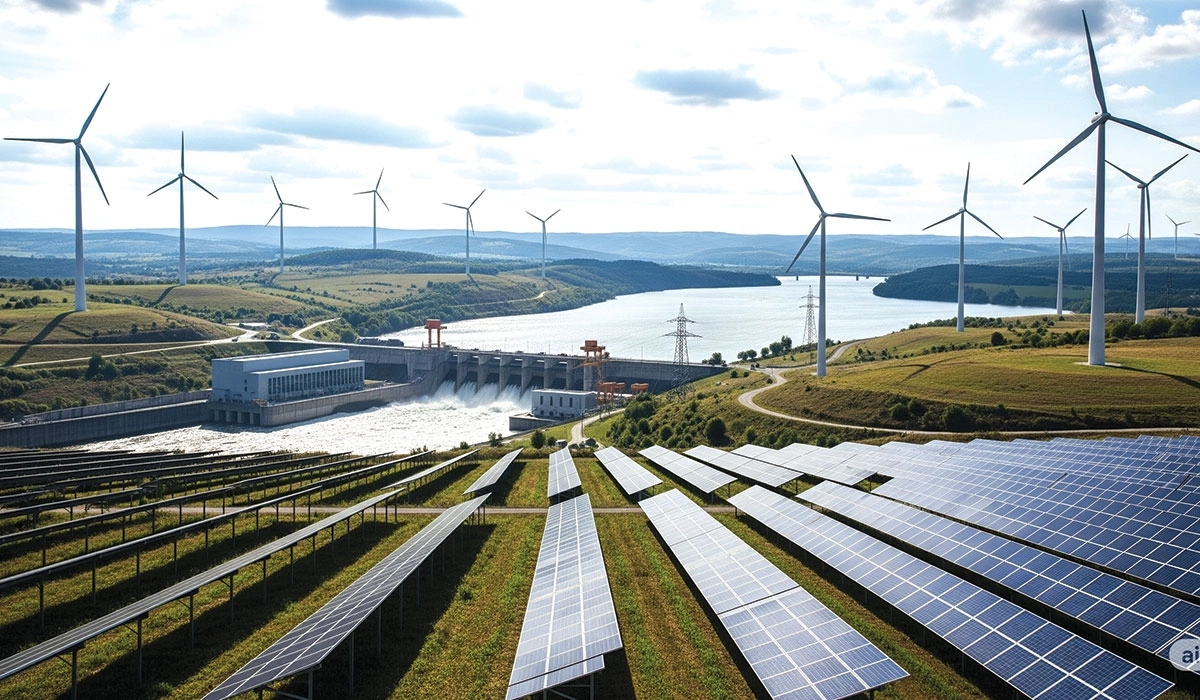
There is a clear and growing shift towards clean energy, and this change is important in the fight against climate change. Today, India ranks 4th in the world for total renewable energy capacity (including large hydro), 4th in wind power, and 5th in solar power, according to the REN21 Renewables 2024 Global Status Report. At COP26, India made a bold commitment to reach 500 GW of non-fossil fuel-based energy by 2030 – one of the world’s biggest renewable energy targets under the ‘Panchamrit’ pledge. The government is focusing on solar and wind power, supported by battery energy storage systems (BESS) to ensure grid stability and reduce curtailment.
Major projects are driving this momentum. Among the most significant is the Khavda Renewable Energy Park in Gujarat, harnessing both solar and wind energy – set to be the world’s largest renewable energy installation, with a planned capacity of 30 GW across solar and wind. Other key developments include the Rewa Ultra Mega Solar Park in Madhya Pradesh, the Bhadla Solar Park in Rajasthan, and the Pavagada Solar Park in Karnataka. These mega-projects are central to India’s energy transition, combining scale with advanced technology to accelerate decarbonization.


































